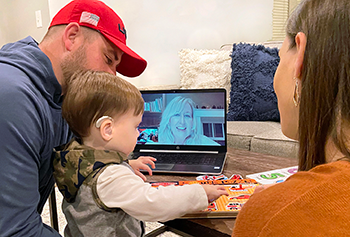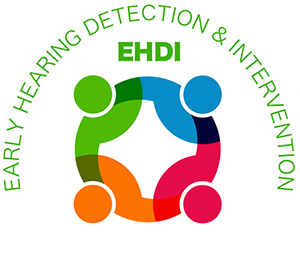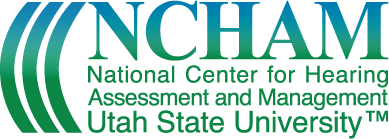Last Modified: 06/21/2023
Fact Sheet: The Nature of the Relationship

Key Points:
- Those not using telehealth believe that building a relationship is more difficult via telehealth
- Those using telehealth indicate that this isn’t difficult (Colorado Self Report)
- Families feel like they are more of partners with the provider, instead of just having the provider tell them what to do. Families are more in control.
Research:
Cole, B., Pickard, K., Stredler-Brown, A. (2019). Report on the use of telehealth in early intervention in Colorado: Strengths and challenges with telehealth as a service delivery method. International Journal of Telerehabilitation, 11:1, 33-40. doi: https://doi.org/10.5195/ijt.2019.6273
McCarthy, M., Leigh, G., & Arthur-Kelly, M. (2020a). Comparison of caregiver engagement in telepractice and in-person family-centered early intervention. The Journal of Deaf Studies and Deaf Education, 25(1), 33-42. doi:10 .1093/deafed/enz037
McCarthy, M., Leigh, G., & Arthur-Kelly, M. (2020c). Comparison of observed participant behaviors in telepractice and in-person early intervention. Manuscript submitted for publication.
Video clips:
This resource was developed by the NCHAM Tele-Intervention Learning Community


